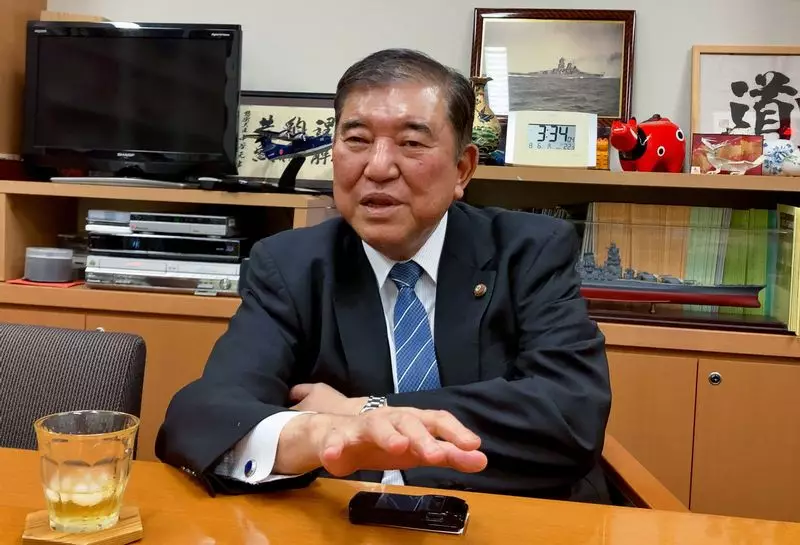Shigeru Ishiba, a former defense minister, is seen as a frontrunner in the race to become Japan’s next prime minister. His strong stance on transitioning from nuclear power to renewable energy and advocating for female emperors sets him apart from the other candidates. Ishiba’s economic strategy of increasing wages and potentially exempting certain goods from sales tax to support low-income citizens shows his concern for the welfare of the people. However, his support for gradually raising interest rates raises questions about the impact on the overall economy.
Shinjiro Koizumi, the youngest candidate in the lineup, has positioned himself as a reformer aiming to restore public trust in the ruling party. His promise to call a general election before the U.S. presidential vote in November and his focus on fostering economic growth through technological advancements show a forward-thinking approach. Koizumi’s support for legislative changes, including allowing women to retain their maiden names and backing a revision to Japan’s constitution, highlights his progressive views. However, his proposal to make it easier for firms to lay off workers might raise concerns about job security.
Representing the right-wing faction of the LDP, Sanae Takaichi is known for her conservative views and advocacy for revising Japan’s pacifist constitution. Her frequent visits to the controversial Yasukuni war shrine and opposition to women retaining their maiden names underscore her traditional beliefs. Takaichi’s emphasis on economic growth and strategic spending for employment and consumer sentiment align with her commitment to strengthening Japan’s international standing. However, her suggestion of revoking broadcasting licenses based on political bias raises questions about media freedom in the country.
Taro Kono, a third-generation LDP lawmaker, brings a diverse background as a former foreign and defense minister to the leadership race. His focus on reforming labor markets, deploying nuclear-powered submarines, and improving pay and conditions for part-time workers demonstrate a pragmatic approach to policy-making. Kono’s connections and experience in dealing with Washington highlight his potential in foreign relations. However, his lag in opinion polls raises concerns about his current standing among voters.
Aside from the frontrunners, other candidates like Toshimitsu Motegi bring their own perspectives and experiences to the table. As the secretary-general of the LDP, Motegi’s background in foreign affairs and economic matters adds depth to the pool of contenders. While he may not be leading in public opinion polls, his presence in the race contributes to the diversity of ideas and approaches within the party.
Japan’s upcoming leadership election presents a varied mix of candidates with distinct visions for the country’s future. From veteran lawmakers to young reformers, each candidate offers a unique set of policies and priorities. As the election date approaches, it will be crucial for voters to critically assess the strengths and weaknesses of each contender to make an informed decision about the next leader of Japan.

